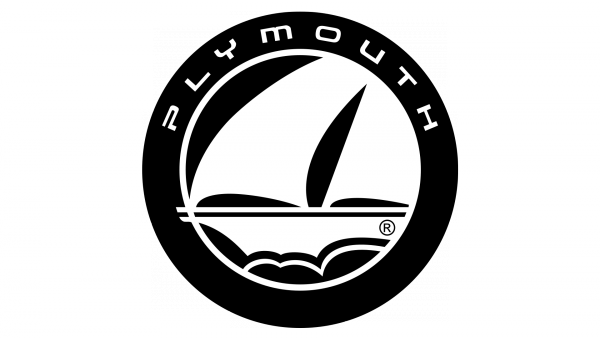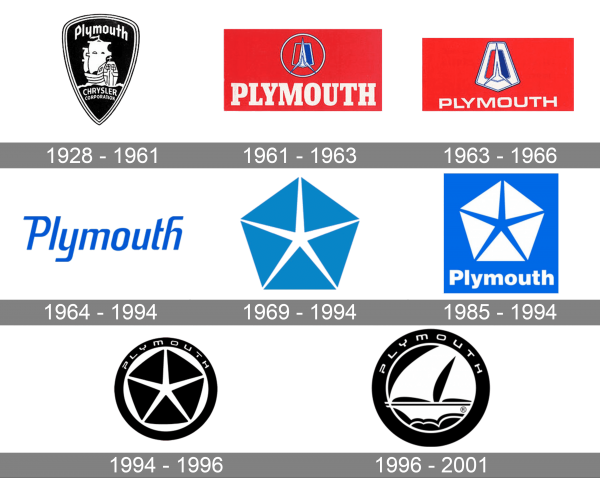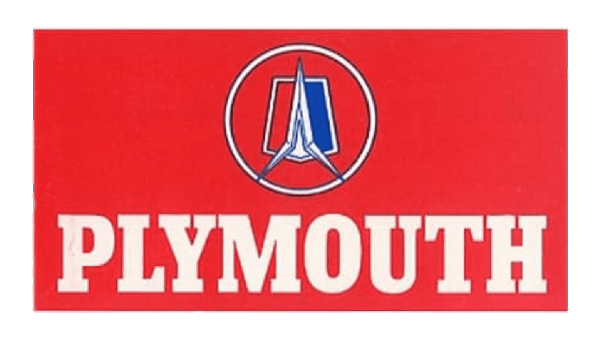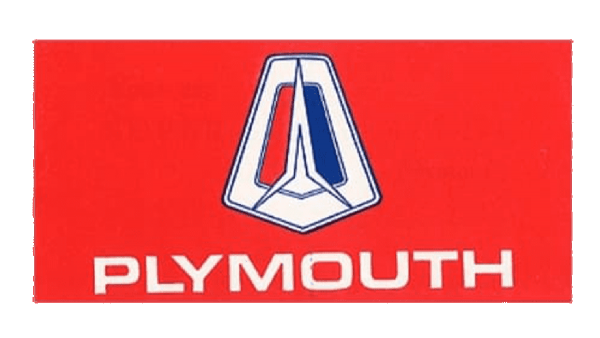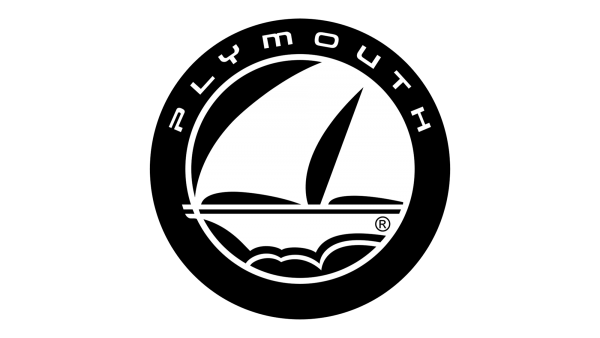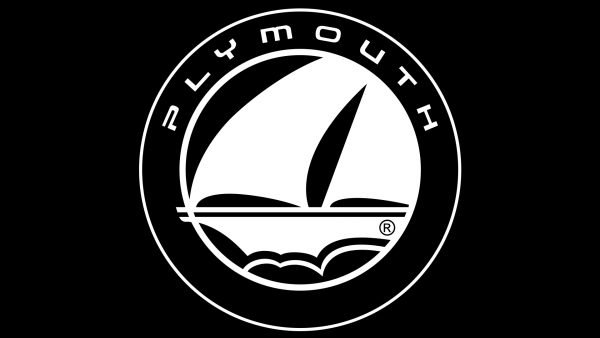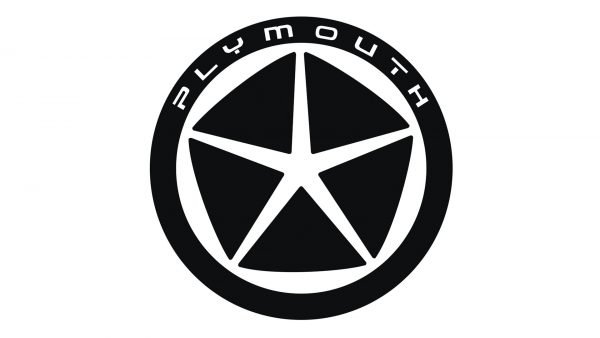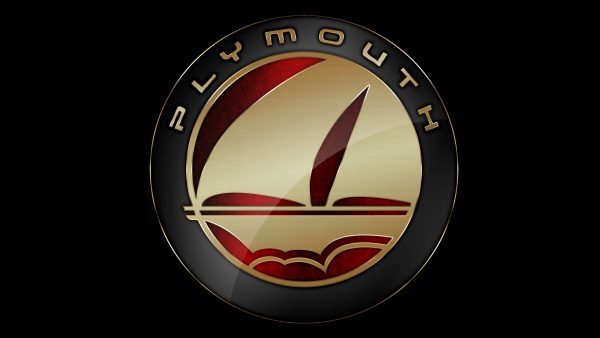| Fate | Withdrawn from the market in 2001; models were either discontinued or rebranded as Chrysler |
| Founded | 1928 |
| Founder | Walter Chrysler |
| Headquarters | Auburn Hills, Michigan, United States |
| Parent | Chrysler |
| Defunct | 2001 |
The Plymouth brand has a history long enough, but even without it, it’s quite obvious that its logo has turned into something more than just a graphic image of a car. It became the Legend of the American car industry.
Meaning and History
In 1929, a young sculptor, Avard Fairbanks, arrived in Michigan. The Great Depression made his financial possibilities very limited, and the technologies of that time substantially narrowed the potential of his car. Fairbanks himself later joked that it was a car that did not start in the morning, that made him go with the changes. And he came up with a sculpture composition with a mermaid, which was subsequently turned into a cover for the Chrysler Corporation’s hood of Plymouth cars. The practice of sales showed that Chrysler’s technological innovations and professional image manipulation inherent in Fairbanks really created an economic miracle.
1928 – 1961
The very first badge of the Plymouth car marque featured a solid black crest in a triangular shape, with softened angles in its top part, and a sharp peak, pointing down. The crest boasted a wide triple outline in black and white, an image of a Mayfair clipper in white, placed in the center, arched gothic-style lettering with the name of the car brand on top, and the “Chrysler Corporation” inscription on the bottom of the logo.
1961 – 1963
The redesign of 1961 introduced a modern and bright Plymouth logo in an intense color palette.The bold white uppercase lettering in a geometric serif typeface was written along the bottom part of a solid red horizontally-oriented rectangle with a graphical emblem placed above the logotype. The emblem comprised a sharp white element in a blue outline, placed over a red and blue shield and enclosed into a white circular frame.
1963 – 1966
In 1963 the circular frame of the emblem on the Plymouth badge was removed, and the typeface of the massive white lettering was switched to a more futuristic sans-serif one, with the uppercase letters of the wordmark extended. The graphical part of the badge was enlarged, and now the triangular sharp rocket on a red and blue crest was placed on a larger white crest with a thin blue outline, which repeated the contours of a smaller element.
1964 – 1994
The logo, introduced by Plymouth in 1964 stayed in use by the company for thirty years. It was a smooth italicized inscription in the title case of an elegant sans-serif typeface, with slightly narrowed slanted letters of the wordmark set in a solid bright blue color. The logo looked very simple but was evoking a sense of reliability and trustworthiness with its soft and friendly lines.
1969 – 1994
Starting in 1969 Plymouth has been using an iconic Chrysler Pentastar badge, executed in a blue and white color palette. It was a solid blue pentagon, with a thin and sharp white five-pointed star in the center. The rays of the star were cutting the geometric figure into five equal triangles. The badge was used by Plymouth until the middle of the 1990s.
1985 – 1994
The Pentastar turned white and got placed on a solid blue square in 1985. The emblem was accompanied by a bold white title case lettering, written at the bottom of the square. It was set in a heavy traditional sans-serif font with massive characters balancing sharp solid triangles, forming the iconic Chrysler pentagon. This badge was used along with the previous one, until 1994.
1994 – 1996
The redesign of 1994 changed the style and the color palette of the Plymouth badge but kept the Pentastar as the central element. The figure was now composed of five solid black triangles, set on a white background and enclosed into a black medium-thick circular frame, where the name of the car marque was written along the top arch in a modern custom sans-serif font, also in white.
1996 – 2001
With its last badge, designed in 1996, Plymouth decided to get back to its roots and depict a white clipper on the logo again. Although this badge was completely different in style from the original one, it was still set in a black and white color palette and had the same Mayfair on it. The clipper was drawn from the side view and enclosed into a circular frame with a white wordmark on it. The lettering featured the same typeface, as on the previous version of the badge.
Symbol
The Plymouth brand is almost the only brand in the world, which has neither more nor less than two equivalent symbols. The first of these was developed at the very beginning of the company’s existence, and was a ship sailing under sail. An impressive sailing system, no less impressive forage, indicating the transportation of both cargoes and passengers, referred to the history of the conquest of America by settlers from the Old World. Putting the ship on the coat of arms (and the shape of the Plymouth logo unequivocally indicates the heraldic roots of the image) at all times was characteristic of travelers and participants of all kinds of aggressive campaigns.
As for the mermaid, her image is perfectly explained in the context of the main symbol. It was sirens that attracted sailors more than possible enrichment in remote lands.
Emblem
The structure of the emblem, with minor changes that existed for more than a century, is very simple and heraldic justified (like most logos with a long history). The main element is in the center (the ship, deployed to the viewer stern), the pendant over which was the name of the brand, Plymouth, and the base, located in the lower quarter of the logo – the name of Chrysler Corporation.
Font
Restraint and classical forms distinguish the company’s font used in the Plymouth logo. Its main task – readability is successfully solved. However, the bright image in the center of the logo significantly reduces the semantic load on the font, because the fans of the brand easily identify the “ship” brand.
And the winged mermaid-siren only emphasized the ambition and amazing power of the brand.
Background/color
Background of the Plymouth logo was originally silver, and the logo itself was presented as a monochrome structure. Subsequently, the basis for the brand name became red (a color that symbolizes activity and even aggression somewhere).
Later the design acquired a great stylization and the sailing vessel, enclosed in a classic circle, white and blue, turned into a visual symbol of the brand.

